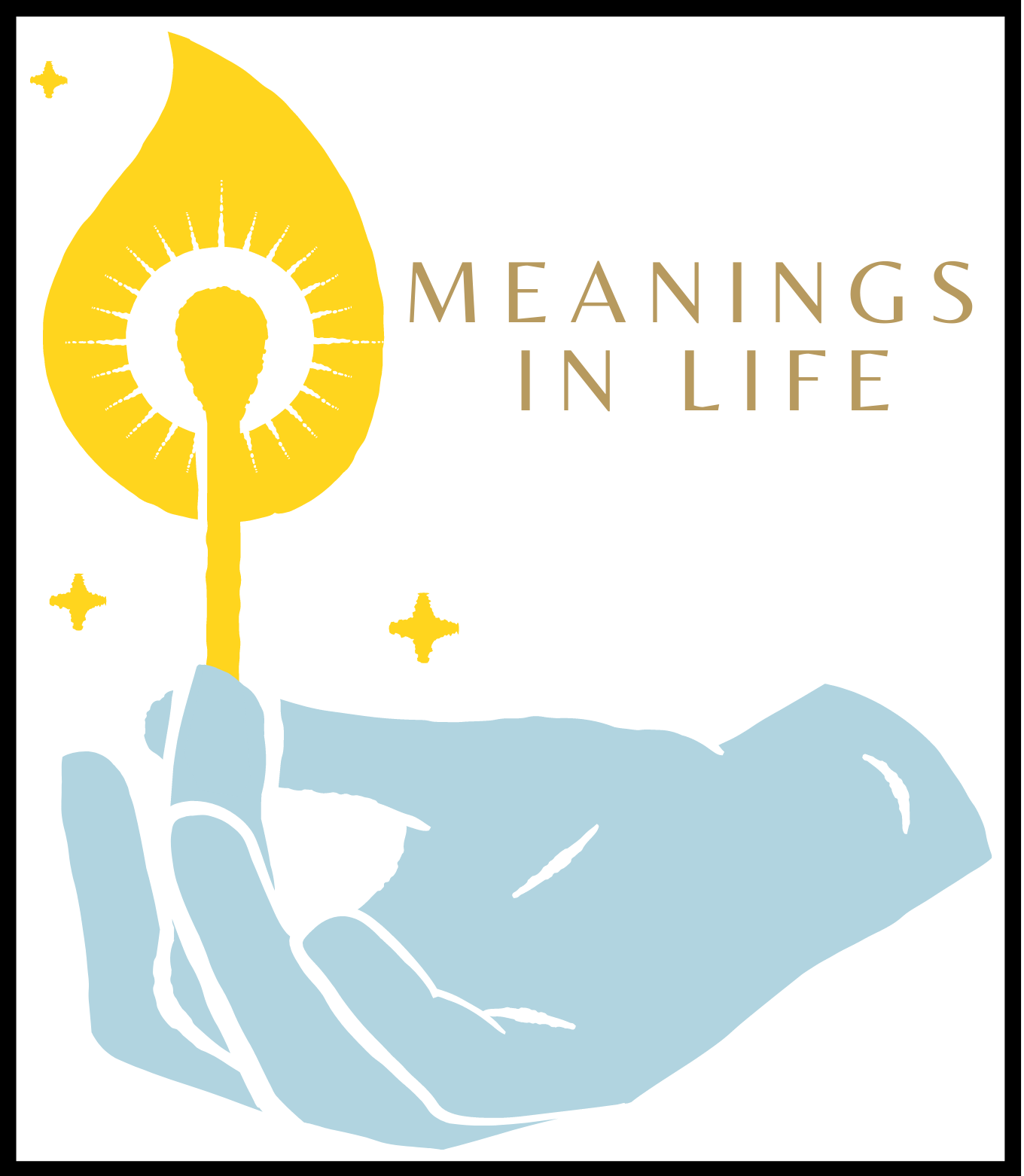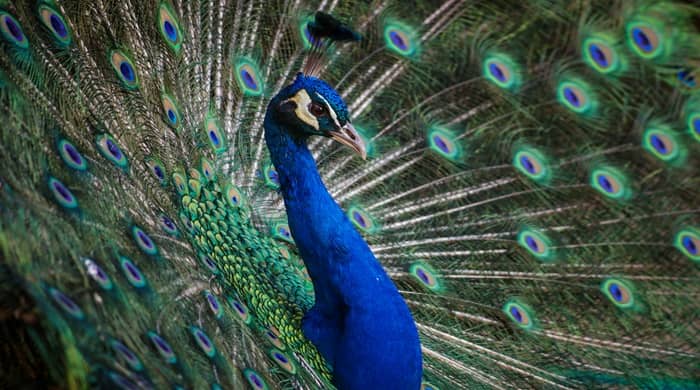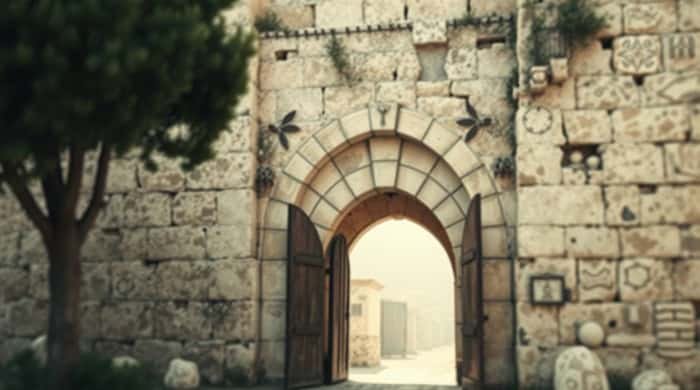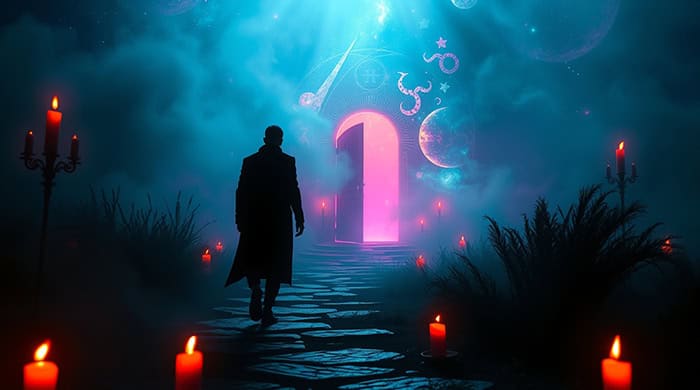From the ancient narratives penned in the Bible to our modern day world, dreams have always been regarded as mysterious and intriguing fragments of the human experience. In biblical times, dreams were perceived as divine interventions, messages from God that offered insight into His will or prophesied future events. They were often visions that required interpretation by those blessed with discernment – men like Joseph and Daniel who were able to unravel these enigmatic nocturnal riddles.
The Old Testament is teeming with accounts where dreams played a critical role. There’s the narrative of Joseph, who dreamt about sheaves of corn and stars bowing down to him, which foretold his rise to power in Egypt.
Then there’s King Nebuchadnezzar’s dream which was interpreted by Daniel – a colossal statue made of various metals representing successive kingdoms on earth. These accounts convey that dreams can serve as conduits for divine revelation and prophecy.
The New Testament also holds instances where dreams served significant purposes – one paramount example being when Joseph was instructed through a dream to take Mary as his wife despite her seemingly unexplainable pregnancy. This demonstrated how God used dreams not just for revelation but also for guidance and direction.
A Gateway to Understanding: The Importance of Symbolism and Interpretation
Interpreting biblical dreams isn’t just about decoding symbols encountered during sleep; it involves delving into an intricate language comprising metaphors, allegories, and symbolism. Understanding this spiritual dialect requires wisdom and discernment because each symbol must be considered within its proper context. Symbols are a universal language that transcends cultural barriers — they encapsulate complex ideas into readily identifiable images or objects.
In biblical times, symbols weren’t arbitrary; they held deep significance relating to culture, nature, history, or deity-based attributions. Interpretations weren’t made in a vacuum either.
The same dream could mean different things to different people due to varying personal circumstances or cultural backgrounds. For instance, dreaming about water might mean one thing to a farmer praying for rain and another thing to someone living in fear of floods.
It’s essential to note that the Bible doesn’t offer an explicit ‘dream dictionary’ where each object comes with a predetermined meaning. Instead, understanding biblical dreams requires us to carefully consider the context, apply wisdom and discernment, and perhaps most importantly, remain open to divine guidance as we seek insight into these fascinating spiritual mysteries.
The Peacock in Biblical and Historical Contexts
Peacock References in the Bible
While there aren’t many references to peacocks specifically in the Bible, their presence shouldn’t be overlooked. In the book of 1 Kings (10:22) and 2 Chronicles (9:21), there are two notable mentions of peacocks.
These passages recount the story of King Solomon receiving precious items, which included a cargo of ivory, apes, and peacocks from Hiram’s ships. The fact that these exotic birds were included among such esteemed treasures indicates their significant value.
In biblical times, encountering peacocks would have been a rare experience for most people because they hailed from far-off lands such as India. As such, these beautiful creatures were often viewed with awe and wonderment.
Their vibrant plumage was unlike anything else people had seen before. They became symbols of beauty and luxury – a testament to God’s creativity and power over creation.
However, apart from these specific mentions, biblical references to birds often held spiritual significance. For instance, doves represented peace and purity while crows symbolized God’s providential care even for those considered unclean or insignificant.
Cultural Significance of Peacocks in Ancient Times
In ancient history beyond just biblical contexts, peacocks held an elevated status due to their extraordinary appearance. The Romans saw them as emblems for their goddess Juno, while Persians viewed them as guardians against evil spirits due to their ‘eyes’ on their tail feathers that were thought to watch over them. In Greek mythology too we find connections with peafowls; Hera transformed Argus Panoptes who had hundred eyes into a peacock after his death – with his eyes adorning its tail feathers ever since then.
This idea perpetuated itself into art where we see depictions of peacocks in churches, with their open tail feathers symbolizing the omnipresence and omniscience of God. Furthermore, in early Christian art and architecture, peacocks were used to represent eternal life.
This is because of a widespread ancient belief that the flesh of the peacock never decayed. In fact, St. Augustine even mentions this belief in his writings, testifying to its popularity.
Thus, cultural connotations associated with peacocks have always been quite rich – stretching from biblical times into various ancient belief systems. Their stunning beauty and unique characteristics made them subjects of fascination and deep symbolism across different cultures and religions.
Unpacking the Symbolism: What Does a Peacock Represent?
Peacock: An Epitome of Glory and Immortality
In the intricate tapestry of biblical symbolism, the peacock has been timelessly woven as a symbol of glory and immortality. This association is hardly surprising when one beholds the sheer magnificence of its iridescent plumage and regal bearing.
There’s an essence of grandeur that emanates from these magnificent birds which is befitting of their symbolic representation as embodiments of divine glory. The immortal aspect stems from their ability to replace their feathers annually, symbolizing renewal and eternity.
This characteristic ties them to the concept of immortality—constantly reborn in radiant splendor unfettered by temporal concerns. Just picture it, a beautiful bird shedding its old feathers only to emerge more vibrant than before—an undeniable display of continuous life.
In ancient cultures, encountering such an elegant creature could be interpreted as a divine sign, signaling God’s presence or favor due to its celestial connotations. The peacock thus serves as an emblematic reminder that God’s glory remains eternal and unchanging throughout all seasons.
Resurrection and Spiritual Awakening: The Peacock Connection
The miraculous process through which a peacock renews its feathers has often been likened to resurrection—a concept at the very heart of Christian faith. It’s akin to rising from spiritual death into glorious new life in Christ Jesus.
Therefore, dreaming about peacocks can suggest a phase or need for spiritual awakening or resurrection in your own life. Interestingly enough, early Christians used peacock imagery in art and architecture as symbolic references to resurrection—specifically linked with Jesus Christ’s triumph over death.
It was believed that the “eyes” on tail feathers represented God’s all-seeing nature while their renewal underlined resurrection themes. Moreover, this connection to resurrection also suggests the dawn of enlightenment or a spiritual awakening.
It’s about breaking free from old, dormant routines and soaring into new dimensions of spiritual growth. Thus, dreams featuring peacocks may serve as a divine nudge towards an impending spiritual renaissance.
Peacock: A Testament to Beauty, Pride, and Vanity
The peacock’s dazzling plumage certainly makes it an emblem of beauty—but with beauty often comes the shadow side of pride and vanity. The display of its magnificent tail feathers can be seen as a flamboyant expression of self-importance and grandiosity—attributes often linked to the sin of pride.
In fact, Christian tradition tends to associate peacocks with vanity due to their seemingly narcissistic behavior—always fan-displaying their splendid feathers for all to admire. And pride lest we forget is considered one of the seven deadly sins—a moral pitfall warned against in numerous biblical passages.
However, this interpretation isn’t entirely negative. It could serve as a reminder that while self-appreciation is important—we should not allow our accomplishments or gifts to inflate our ego.
Equally significant is recognizing these gifts as blessings bestowed upon us rather than personal entitlements. Overall, when deciphering what a dream featuring peacocks might represent—one must consider both the stunning beauty that they symbolize along with cautionary undertones associated with excessive pride.
Interpreting Dreams: Seeing a Peacock
Dreaming of a Peacock: Pulling Back the Veil
In the fascinating realm of dream interpretation, dreaming of a peacock often signifies resurrection, renewal, and immortality. This stems from its biblical representation as an emblem of glory and eternal life. The vibrant plumage which peacocks proudly display is often seen as a divine reminder of the splendor and majesty inherent in creation.
Yet, dreams encompass more than mere visual encounters; they engage our senses, emotions, even our deepest fears or desires. Therefore, your feelings during this dream carry significant weight on interpretation.
If you felt fear or unease upon seeing the peacock in your dream – you may need to reevaluate certain aspects in your life that trigger such reactions – perhaps pride or vanity? However, if the encounter with the peacock induced feelings of awe and joy – it can be interpreted as an affirmation of spiritual growth and renewal.
Keep in mind though that these interpretations are not hard-bound rules but guidelines to help navigate our subconscious realm. They need to be contextualized within one’s personal experiences and spiritual journey.
Flights & Feathers: Variations on Peacock Dreams
Peacocks appearing in various forms within dreams add extra layers to their interpretation. For instance, dreaming about a flying peacock might symbolize freedom from restraint or repression. It could suggest that you’re on a path toward reaching new heights in your spiritual journey or personal development.
If you dream about a peacock displaying its vibrant plumage—the iridescent blues and greens spread out into an astounding fan—it could signify opportunities for growth or expansion on the horizon. The bright colors are often associated with energy dynamics; thus seeing such vibrancy might indicate abundance flowing into your life.
On another note, if you see multiple peacocks in your dream, it might represent the collective wisdom that arises from unity and community. It could also be an invitation to look at the bigger picture when dealing with challenges or uncertainties.
As with any dream interpretation, remember these are potential meanings—your personal feelings, experiences and current circumstances in life play a significant role in decoding the symbolism accurately. Hold these interpretations lightly, let them inform your understanding rather than dictate it.
Feathers in the Sacred Texts: Notable Biblical Figures and Their Avian Visions
Before delving into modern interpretations, let’s fly back to ancient times when dreams carried divine messages. One of the most famous dreamers in the Bible is Joseph, whose prophetic dreams not only guided his life but also had profound implications for his family and even an entire nation.
Although Joseph’s dreams did not specifically feature birds, his ability to interpret dreams set a precedent within biblical scripture. In another instance, the prophet Daniel is known for his interpretation of King Nebuchadnezzar’s dream about a tree sheltering birds.
This dream was not about peacocks but it demonstrated how birds could symbolize entities subject to greater powers. The Bible may not present explicit accounts of peacock dreams, yet these anecdotes provide valuable insights into avian symbolism.
From these accounts, we can glean that bird-related dreams often serve as metaphorical lessons or prophecies. They remind us of our connection with divinity and prompt us to remain open to spiritual guidance—in waking life and in our nocturnal reveries.
Paving Personal Pathways: Applying These Interpretations to Modern Life
Dream interpretation is an intensely personal endeavor. While we can draw general conclusions from symbols like peacocks, the true meaning will always be unique to the dreamer—it’s your own mental theater after all!
It’s important to pay attention not just to the peacock itself but also your feelings during the encounter. If you see a peacock displaying its resplendent plumage in your sleep, perhaps it mirrors your awakening spiritual awareness or urges you towards self-expression.
When viewed with negative emotions like fear or distress, it might signify inflated pride or vanity that needs addressing. Undeniably, these interpretations can serve as signposts on your spiritual journey.
They mirror our inner worlds, revealing hidden thoughts and feelings that might otherwise remain unconscious. When approached with curiosity and openness, dream interpretation becomes less of a puzzle to be solved and more of a doorway into deeper self-understanding.
Embracing the Mystery & Majesty: The Power and Beauty of Dream Interpretation
Each dream is a personal masterpiece—a nocturnal painting rife with symbols that can illuminate the path of our spiritual journey. Peacocks in dreams are just one thread in this intricate tapestry.
Interpreting these symbols is not so much about finding definitive answers as it is about exploring possibilities. In this exploration, remember that peacocks are creatures of splendor, mystery, and transformation—qualities inherent in us all.
So let them inspire you to embrace your own majesty and vibrancy, both in your dreams and in waking life. The next time you go to sleep, allow yourself to welcome any feathery visitors with an open mind.
Who knows? You might just find yourself dancing with peacocks under a starlit sky or watching them take flight into realms unknown—inviting you to follow suit on your ever-evolving spiritual adventure.




